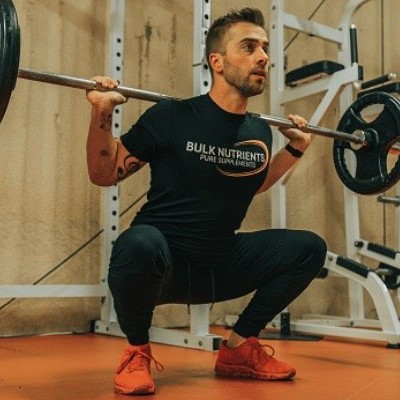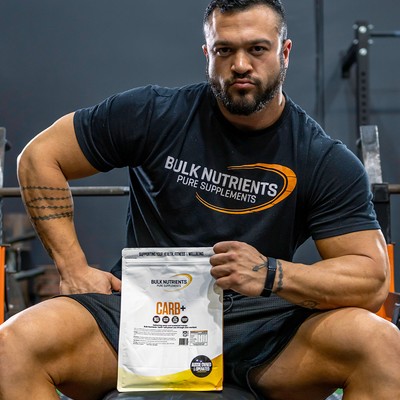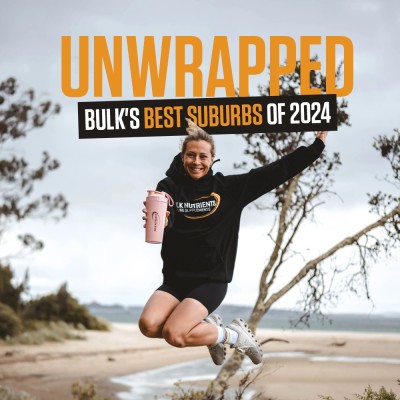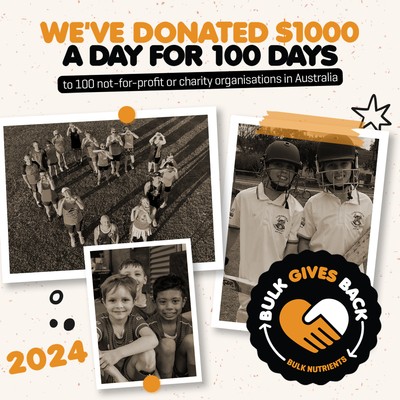Here's Why Nordic Curls Are The Best Hamstring Exercise

How to grow bigger hamstrings, faster
Walk into any gym and you'll see a lot of lying hamstring curls, seated curls, and stiff-legged deadlifts. They are some of the most popular.
However, it's rare you see anyone performing Nordic hamstring curls, due to the difficulty of doing so.
And it's nobody's fault: most people aren't sure how to do them and thus skip them altogether.
It's hard to pinpoint exactly where the exercise originated, but it was obviously at the very least (and obviously) popularised by the Nordics.
We know that Swedish trainer Pierre Henrik Ling in the first half of the nineteenth century created the Ling gymnastic movement and that he had many disciples; one being George Herbert Taylor, a physician from New York, who wrote a book in 1860 which included the below illustration of the Nordic curl:
So, you can see from this image just how Nordic curls are performed.
So, how do you do them in the gym? With no partner, you can set it up the following way:
"How to Perform Nordic Ham Curls Properly, Without a Partner"
Step 1: Make sure your knees are on something soft, your feet firmly secure under the barbell, and your body is upright to start with your hands out in front for safety.
Step 2: Come down slowly over the eccentric movement (the way down) over 3-4 seconds. Keep your hands out for safety.
Step 3: Push off the floor with your hands and be sure it's not a big torso thrust, but just a solid push with your hands and that it is predominantly your hamstrings that move and "lift" you back to your starting position.
And once you get used to that, an even tougher way (and the end goal for all of us if we can!) is by doing Nordic curls on the lat pulldown:
"Nordic curls on the lat pulldown."
How to do Nordic curls on the lat pulldown
Step 1: Start at the top with your feet firmly locked in under the knee rest on the lat pulldown as seen above. Make sure the knee rest (that's where his heels are, not to be confused with the pad his knees are on) is as low as possible, as even a setting higher makes it possible for your feet to slip out. Start slightly angled forward as you can see from the starting position image above.
Step 2: Come down slowly (3-4 seconds) from an upright position towards the ground, always with your hands out for safety. You can see our subject has an esky there to push off. Always start with that (but a bench, instead) and as you get more confident, use the floor to push off.
Step 3: Push off the bench/floor with your hands and be sure it's not a big torso thrust, but your hamstrings that move and "lift" you back to your starting position. The difficulty of the exercise will be in how much you push yourself off the floor or bench, making it either easier or harder to return to the starting position.
It's really important to remember that on the way down to the floor, you come down slowly, over about 3-4 seconds, focusing on your hamstrings doing the bulk of the work. Again, ensure the knee pads on the lat pulldown are right down low, and are firmly in place.
And we must stress again the key part to making the exercise harder: the less you push off the floor, the harder the rep back up is.
Eventually, you'll be able to perform around 8-10 reps. And as you get more experienced, you'll be able to push less off the floor, and even take longer on the eccentric movement for added work for your hamstrings.
And you can apply the important muscle growth principle of progressive overload by utilising a weight vest:

The science behind nordic curls
So why are Nordic curls so special?
Very recently, scientists performed a systematic review of hamstring exercises to see which was the best.
They examined 3643 studies and finally, 29 could be included for analysis. 114 different exercises were looked at across 507 participants. Here are some of the exercises they examined:
- Nordics
- Isokinetic exercises
- Lunges
- Squats
- Deadlifts
- Good mornings
- Hip thrusts
- Bridges
- Leg curls
- Swings
- Hip and back extensions
And they found Nordic exercises had the highest hamstring activation, with greater than 60% of what's called "Maximal Voluntary Isometric Contraction," a standardised method of measurement of muscle strength.
The authors report:
"Nordic hamstring exercise ankle dorsiflexion was the exercise that achieved the highest biceps femoris long head activation (128.1% of its Maximal Voluntary Isometric Contraction)."
Ankle dorsiflexion is simply pointing your foot (and thus toes) up, which helps you hook into the knee pads of the lat pulldown (or under the barbell if you're doing it that way):
Obviously, this puts more stress on the hamstrings, and you'll get a feel for this once you try the exercise (if you haven't already).
The authors then concluded that nordic exercises were the best option for activating the long head of the hamstrings.
Now, of course, there is no ONE and only exercise to do for a certain muscle group, they are all beneficial. We've spoken here about how beneficial seated hamstring curls are, and why they should be part of your hamstring routine, too - The best hamstring exercises for muscle growth and strength
But the point is Nordic hamstring curls should definitely be part of it in light of this study, and previous others.
The bottom line Nordic hamstring exercise
Is that this fresh study paints a very illuminating picture for those of us trying to develop our hamstrings as much as possible: Nordic curls are a must! Start slowly with a partner or with your feet under the barbell as presented, and slowly build up reps and sets over time. Nordic curls are a must along with other hamstring exercises you like, including (and not limited to) good morning, deadlifts, seated hamstring curls, and lying hamstring curls.
Sets and rep recommendations are dependent on experience, but eventually, 3-5 sets per hamstring workout via nordic curls on the lat pulldown (with no bench in front of you!) is a good goal to aim for. The research is clear that significant muscle development can occur as a result of Nordic curls.

Dayne Hudson
Like many, Dayne was once desperate to lose weight and get into shape. But everyone he asked, everything he read, lead to the same place... nowhere.
His journey started there - researching science journals and completing a Sports Nutrition Specialist qualification so he could make weight loss easier.
References:
- Brodin H. Per Henrik Ling ochhansgymnastik [Per Henrik Ling and his impact on gymnastics]. Sven Med Tidskr. 2008;12(1):61-8. Swedish. PMID: 19848036.
- Peterson MD, Pistilli E, Haff GG, Hoffman EP, Gordon PM. Progression of volume load and muscular adaptation during resistance exercise. Eur J Appl Physiol. 2011;111(6):1063-1071. doi:10.1007/s00421-010-1735-9
- Llurda-Almuzara L, Labata-Lezaun N, López-de-Celis C, Aiguadé-Aiguadé R, Romaní-Sánchez S, Rodríguez-Sanz J, Fernández-de-Las-Peñas C, Pérez-Bellmunt A. Biceps Femoris Activation during Hamstring Strength Exercises: A Systematic Review. Int J Environ Res Public Health. 2021 Aug 18;18(16):8733. doi: 10.3390/ijerph18168733. PMID: 34444481; PMCID: PMC8393607.
- Meldrum D, Cahalane E, Conroy R, Fitzgerald D, Hardiman O. Maximum voluntary isometric contraction: reference values and clinical application. Amyotroph Lateral Scler. 2007 Feb;8(1):47-55. doi: 10.1080/17482960601012491. Erratum in: Amyotroph Lateral Scler. 2008;9(1):63. PMID: 17364436.
Related Blogs

The Best Hamstring Exercises for Muscle Growth
Posted by Dayne Hudson
Estimated reading time: 5 minutes

New Hamstring Training Research Offers New Training Tips
Posted by Dayne Hudson
Estimated reading time: 7 minutes

Do Squats Work Hamstrings?
Posted by Dayne Hudson
Estimated reading time: 8 minutes




























